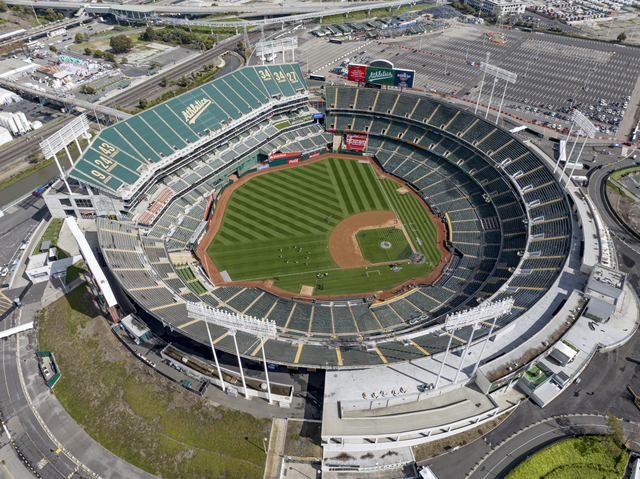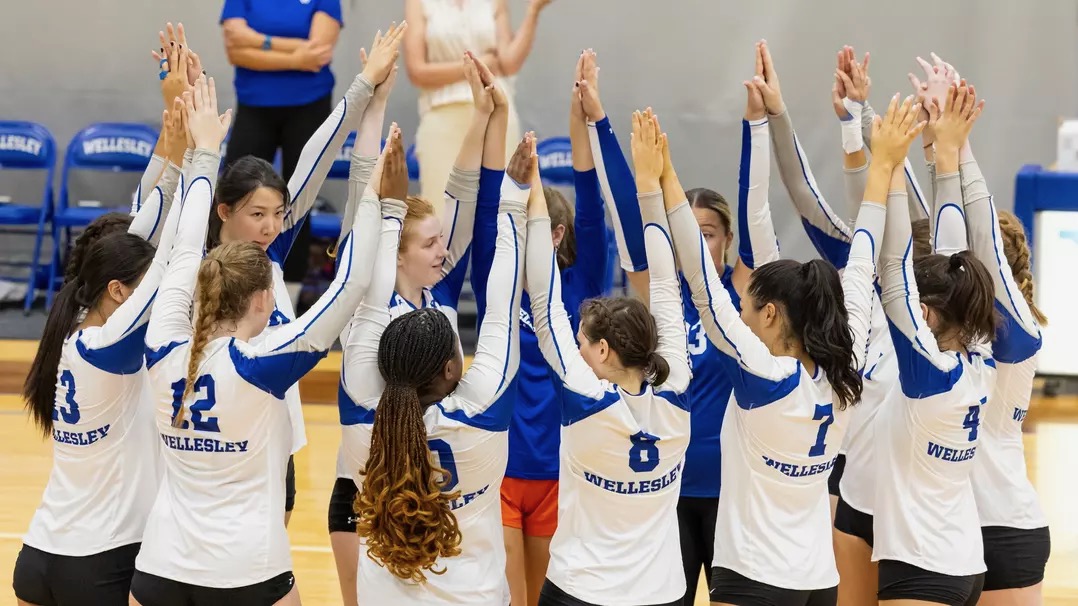Over 4000 years ago, the ancient Babylonians created the tradition of New Year’s resolutions during a religious festival called Akitu. This festival celebrated the new year by having people make “promises to the gods to pay their debts and return any objects they had borrowed” (history.com). These commitments were not only personal goals, but sacred vows believed to determine their fate of the new year. In many ways, these practices “could be considered the forerunners of our New Year’s resolutions” (history.com).
Flash forward to 2025. The clock ticks down, the ball drops and we substitute these profound “promises to the gods” with gym memberships, eating healthy and procrastinating less. With this newfound motivation, enthusiasm flows through the veins … until January 31.
There seems to be an extremely brief time between when these goals are set and when they are abandoned like our hope for the Clapp Renovation timeline. One flaw in this reconstruction phase is the lack of prior established habits. According to Scientific American, it takes the average human 66 days to develop a habit (far longer than the fleeting motivation that kicks in at the start of the new year). Anybody who has taken PSYC 101 might recognize this process as a form of classical conditioning, where behaviors become ingrained through repetition, creating a stimulus and a response. In regards to building habits, the “stimulus” might be a notification reminding somebody to exercise and the “response” would be getting up to go to the gym. Overtime, this stimulus-response relationship becomes automatic, leading to successful habit formation.
However, without this repetition, the willpower that seemed so powerful on January 1 quickly dissipates.
This struggle is particularly evident in fitness-related goals, which currently stand as the most-searched New Year’s Resolution on Google. Most people who resolve to improve fitness might initially maintain motivation, leading to the stereotypical increase in gym memberships at the start of each year. However, by the end of January, reality settles in and people realize that exercising is difficult, body odor smells vile and the simple option to cancel the gym membership exists.
Although some resolutions may fail, many succeed. The difference often rests in how the goals are set. Resolutions that follow the SMART outline – Specific, Measurable, Attainable, Realistic and Time-bound – prove to be more likely to succeed. For example, instead of a new runner setting a vague goal like “I will be an Olympic runner this year,” a more defined SMART goal could be to “run a mile in less than seven minutes in five months.” This approach narrows down intentions and creates a structured and manageable path. Many Wellesley athletes are familiar with this approach, as it is one of the philosophies emphasized by Wellesley Sports Psychologist Jenn McGibbon.
While New Year’s Resolutions are occasionally abandoned, they still reflect an honest desire for change and belief in self-improvement. Even when these goals are not met, the effort put into reaching them signifies meaningful progress. Instead of looking down upon unmet goals, they can be viewed as stepping stones.




